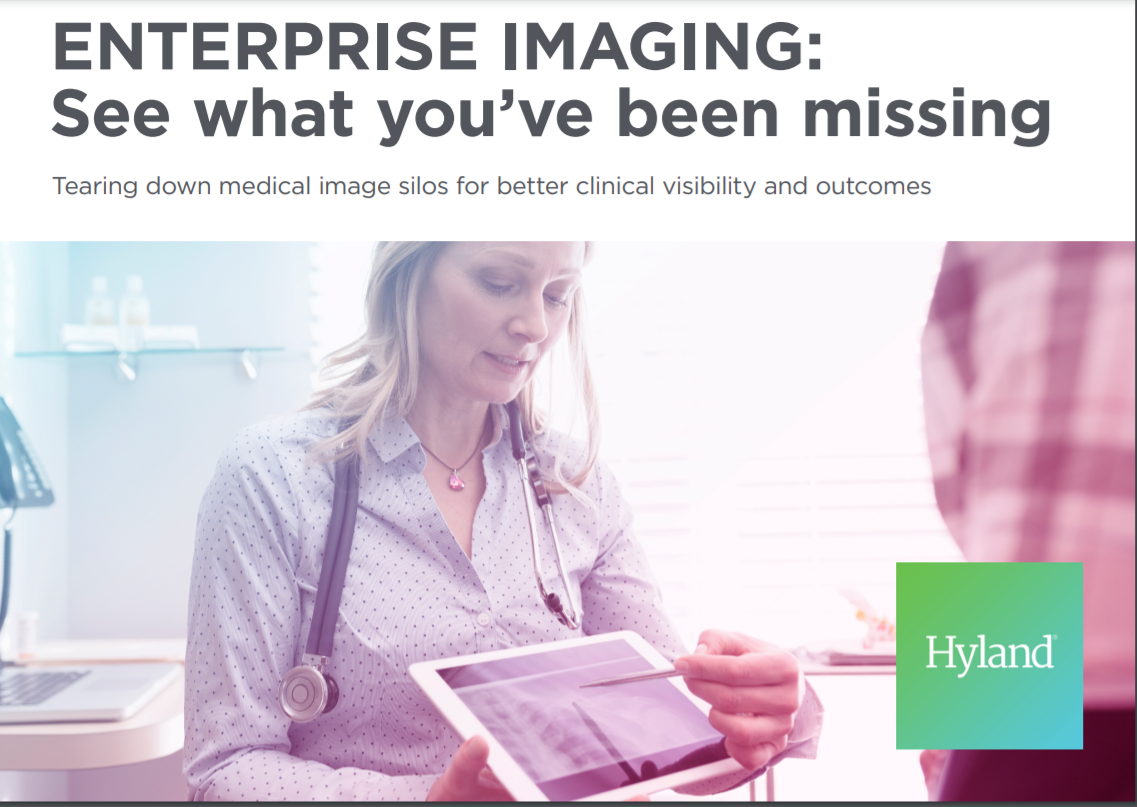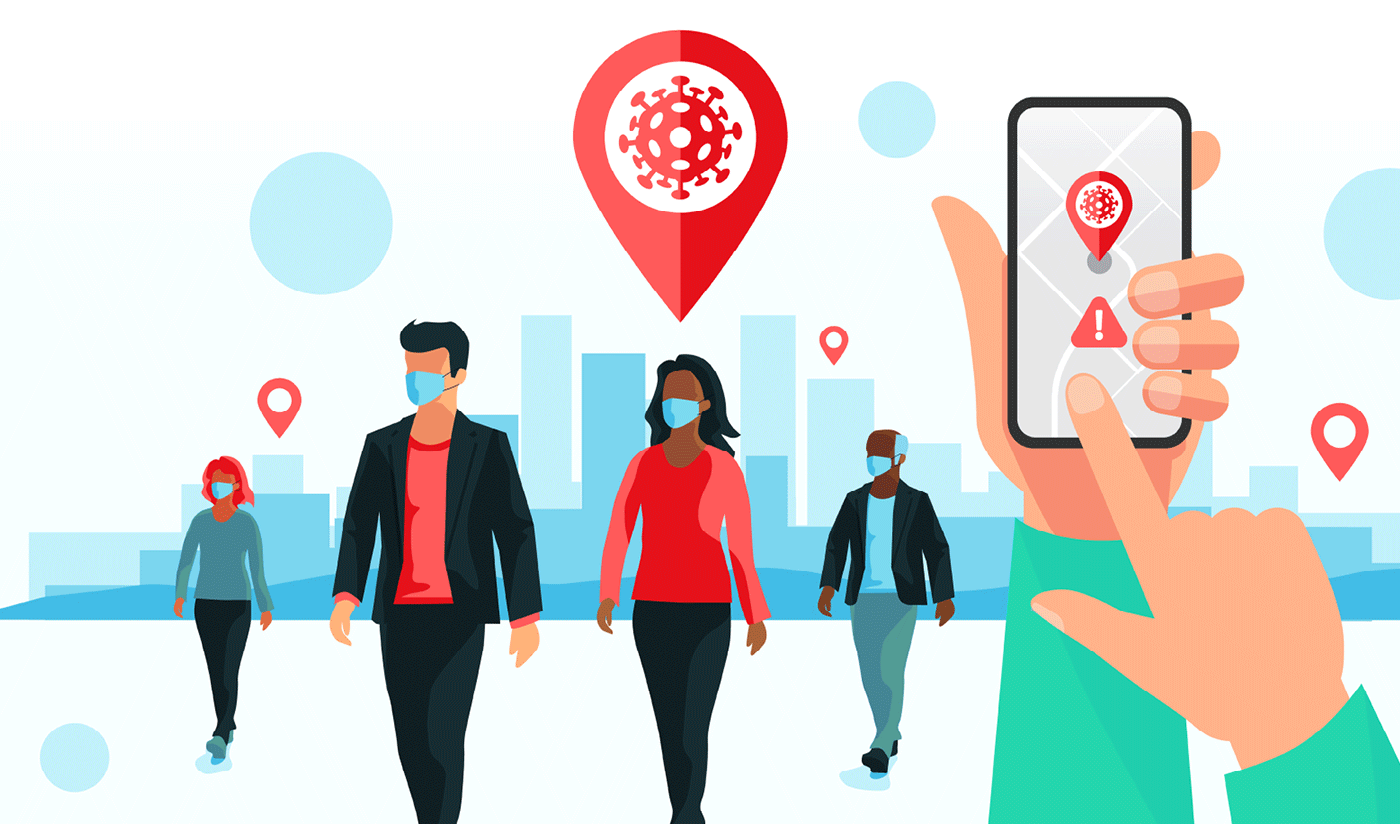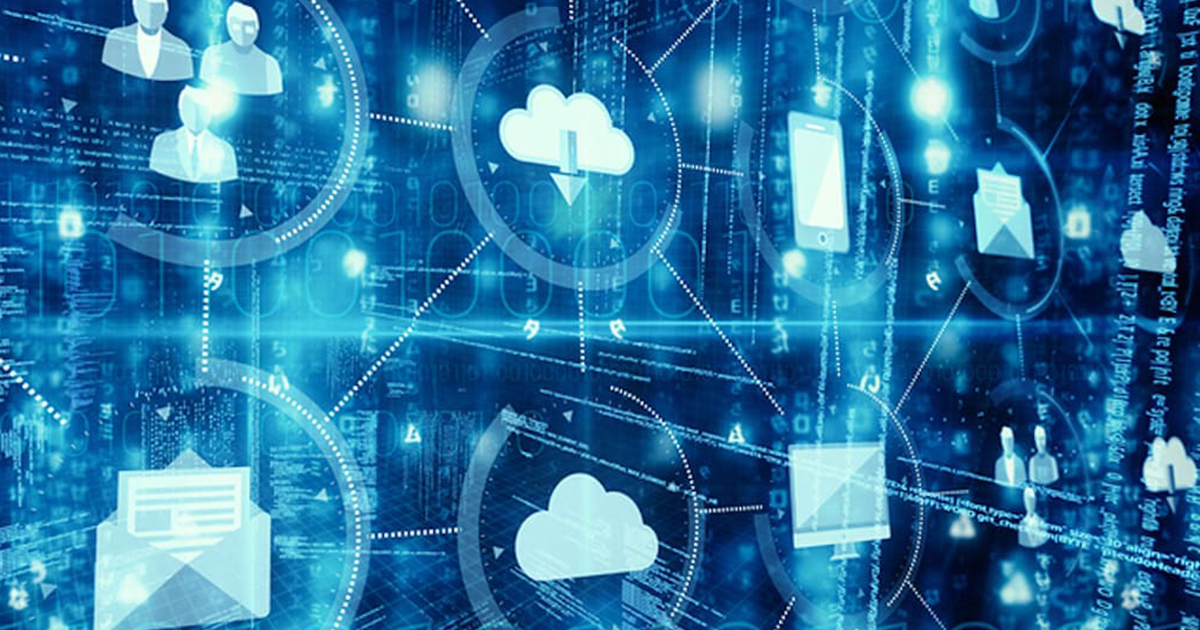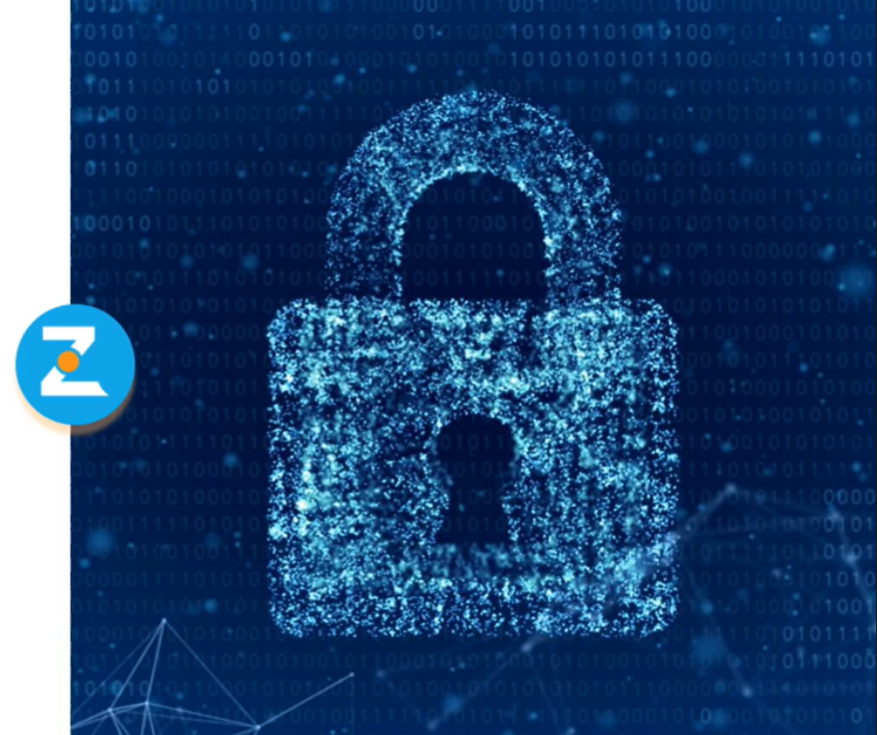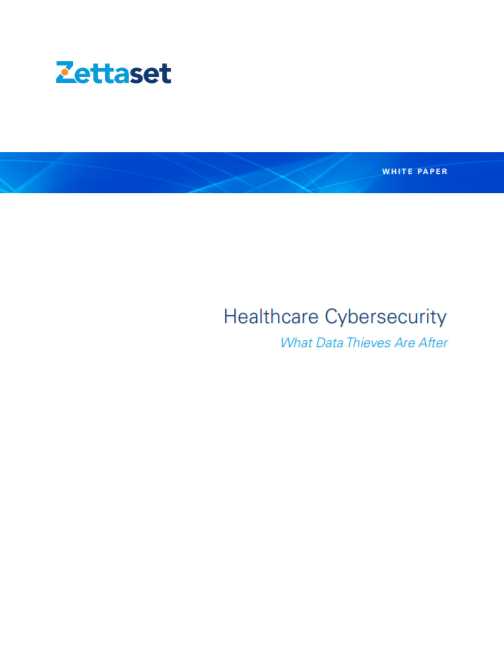Interoperability
SPONSORED
Having the right technology to provide clarity and accurate insights to patient health is very significant in this time of pandemic. Currently, the world has been devastated with the countless increasing positive patients of COVID-19.
Whichever way you look at it, many countries across the globe are experiencing a rise in COVID-19 cases coinciding with the start of the Autumn/Winter seasons says Dr Saif Abed, founding partner at The AbedGraham Group.
SPONSORED
In this session, experts from three large Integrated Delivery Networks – Ascension, Intermountain, and Mass General Brigham – offer a resounding yes. The panelists will describe how data flows across multiple facilities, software systems and devices, while ensuring their organizations can continue to grow and scale a connected health business. They’ll review interoperability challenges faced with integrating multiple EHR systems as well as after moving to a single EHR system. Fundamental considerations such as access, scalability and performance, as well as the challenges of system migration will also be discussed.
The clinical manifestations of COVID-19 are varied, and patients are known to have rapidly changing signs and symptoms that must be tracked with laboratory testing. A patient may start his treatment journey with his primary care physician and will include lab centers, diagnostic centers, inpatient, and home quarantine centers.
It is crucial for the respective laboratory information or electronic health record systems to share the lab tests and diagnostic information with each other. Communicating the lab orders and results across multiple care settings and with treating physicians, quickly and effectively, is the need of the hour.
A patient encounter creates observational data such as vital signs, symptoms, diagnoses, and diagnostic information, along with prescription details. The observational data findings, and laboratory and diagnostic information, along with medical knowledge and clinical guidelines, forms part of a clinical database. The data here can be turned into information only when systems use the right terminology standards.
Terminologies are the heart and soul of a system
Terminology services help two health systems talk to each other and make the information stored within them, useful to both patients and practitioners across the care journey. Terminologies are the language in which computer systems can communicate physicians’ notes and observations with each other.
The HL7 2.x or FHIR API standards are the messengers that help deliver the language (read information) from one system to another. A simple example is the way different clinicians would write COVID-19 (is it COVID-19 or COVID 19 or just COVID?). As is always said, technology must adapt to its end users, and for a software to quickly understand and transmit information across systems terminologies packaged within HL7 2.x or FHIR standards are used.
Laboratory testing is one of the significant parameters to track a pandemic like COVID. Public health management of the COVID-19 response needs complete laboratory testing data, including standardized test results and demographic details for contact tracing, mitigation, and control of the spread of the disease.
One of the critical roles of technology is the usage of standard terminologies used by clinicians and laboratories while communicating patient information across different care settings and specialties. Two of the terminology standards used:
LOINC codes are used for the orders placed or the question that is asked of a viral test specimen, e.g. SARS-Coronavirus-2 RNA [Presence] in respiratory specimen by NAA with probe detection.
The SNOMED-CT codes are used for the results or diagnostic answers, e.g. positive, negative, invalid, or specimen is unsatisfactory for evaluation.
Specimen types, e.g., the serum, plasma, and nasopharyngeal swabs, are coded with SNOMED CT.
The CARES Act mandates the use of de-identified data elements that must be reported for each test to the public health authorities, and these are available on the HHS site. The Regenstrief Institute has released new LOINC codes in the wake of the pandemic.
To increase semantic interoperability for laboratory reporting for detection of SARS-Coronavirus-2, the FDA, CDC, IICC, the Regenstrief Institute, and the Association of Public Health Laboratories (APHL) have developed a LOINC map for all SARS-Coronavirus-2 diagnostic tests listed on FDA Emergency Use Authorizations.
The CDC and FDA maintain the mapping of all the currently approved SARS-Coronavirus-2 in vitro diagnostic labs and their corresponding specimen types and results under the stewardship of the Office of the National Coordinator (ONC).
The ‘Observation’ resource in HL7 FHIR
Real-world concepts in the healthcare system are linked together by FHIR packages called Resources. A Resource in FHIR is an entity with a URL by which it can be addressed and contains a set of structured data items as defined in the resource.
The ‘Observation’ resource in FHIR includes elements where the different components of terminology, i.e., the code, its description, values, units, and interpretation of the result, are contained within a resource or message. Systems transmit this resource or message to exchange information.
Each resource includes elements where the terminologies and clinical concepts are included. This package, when exchanged across healthcare systems, helps to create interoperable information for the consumption of clinicians associated with the management of the patient.
The FHIR framework includes four elements that have clinical terminologies:
System: This is the URL that identifies the coding system. E.g. (www.loinc.org, http://snomed.org/)
Version: The current version of the coding standard. E.g., LOINC V 2.68, SNOMED September 2019 Release
Code: This is a unique identifier for the concept as defined by the code system
Display: A description of the concept as defined by the code system
Typically for lab tests, the ‘Observation’ resource within FHIR is used to convey the orders and results relevant to laboratory tests.
The ‘Code’ and the ‘Display’ elements within the ‘Observation’ resource include the clinical terms for exchanging information.
In HL7 V 2.x data transmission, the Observation Request Segment (OBR) and Observation Result Segment (OBX) contain the laboratory tests and their corresponding results in lab test codes of LOINC or SNOMED CT.
The LOINC and SNOMED CT codes are updated regularly, recently a set of new terms and codes for SARS coronavirus 2 have been released.
Improve decision making and reporting of patient data across the care continuum
In the scenario where a patient with COVID-19 moves from primary care to emergency care, quick decisions and tracking of laboratory results is necessary. The use of terminology standards can help reduce the time spent in exchanging, tracking, and reporting these tests across the patient journey.
This is a one-time activity that laboratory systems need to undertake to define all the tests in their catalogue correctly. Hospital systems will need to update their EHR systems with the updated orders for the COVID specific tests that they are ordering in collaboration with the referring labs.
This is a foundational activity not only towards data interoperability but also towards research with real-world evidence for the management of COVID. As Dr. Atul Gawande said in The New Yorker recently, the technologies are in place – it's the implementation that needs to be streamlined.
Joyoti Goswami is a Principal Consultant at Damo Consulting, a growth strategy and digital transformation advisory firm that works with healthcare enterprises and global technology companies; she is a physician with varied experience in clinical practice, pharma consulting and healthcare IT.
SPONSORED
Healthcare institutions can anticipate reaping clinical, operational and financial benefits from enabling their clinicians with AI-powered decision support solutions to make informed decisions along patients’ disease pathways. To get there, alignment and teamwork between information technology, clinicians and service lines is essential. During this informative presentation, University of Missouri Health Care’s CIO and Associate CMO share perspectives from their “C” seats on the challenges clinical decision support solutions can address, the coordination needed to implement these AI-powered solutions into clinical practice, and how partnering with industry can lead to the development of best-practices for other institutions to follow.
SPONSORED
Data breaches and ransomware are on the rise and software-defined data encryption provides the last line of defense in protecting business data from breaches or theft. The rapid adoption of new technologies such as DevOps, IoT and containers along with the further reliance on cloud infrastructures has created new exposure points for cyber attacks. The digital transformation initiatives being implemented to improve the customer experience leverage these emerging technologies, but comprehensive protection of the sensitive data at the core these security solutions is lacking. Encryption plays a key role in any security strategy, but lags behind in its application. The defenses against cyber attacks will continue to be tested and the inevitable will happen. It is not IF, but WHEN a data breach or theft occurs. See how encryption provides the last line of defense and protects the data in whatever environment a new technology is deployed.
SPONSORED
Cybercriminals who prey on valuable health data never rest. Attacks against healthcare organizations continue to rise in part because of innovations in the way bad actors exploit security breaches and access patient data. Read this white paper to learn the mechanics of different cyberattacks, the goal of cybercriminals, how breaches harm organizations, why healthcare is a target, and steps you can take to mitigate these attacks.
COVID-19
COVID-19 has revealed a lot about the world we live in. It has reinforced the possibilities that open up when we collaborate and come together, united towards a common cause; in this case, of defeating the spread of SARS-CoV-2 says Atif Al Braiki, CEO, Abu Dhabi Health Data Services LLC (Malaffi).
One of the more remarkable features of the NHS’s response to the coronavirus pandemic has been its rapid uptake of technology in the UK says director of international relations at NHS Confederation, Dr Layla McCay.
How healthcare providers can leverage interoperability across the care continuum for improved care coordination and patient empowerment.
